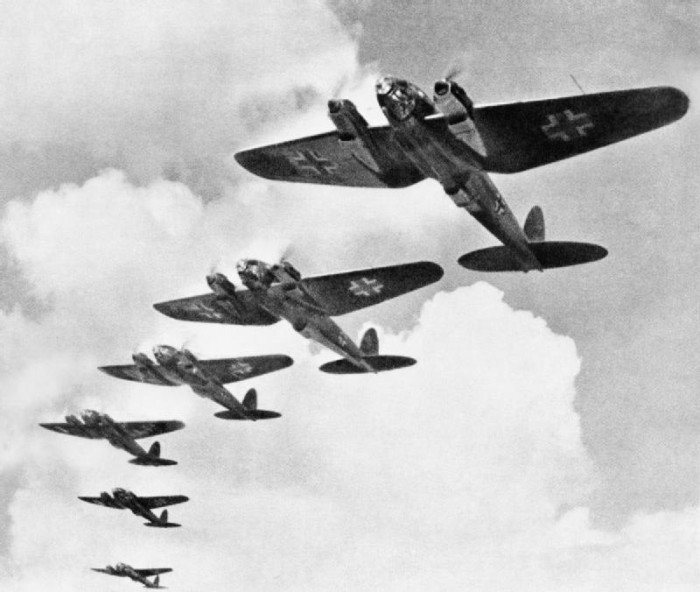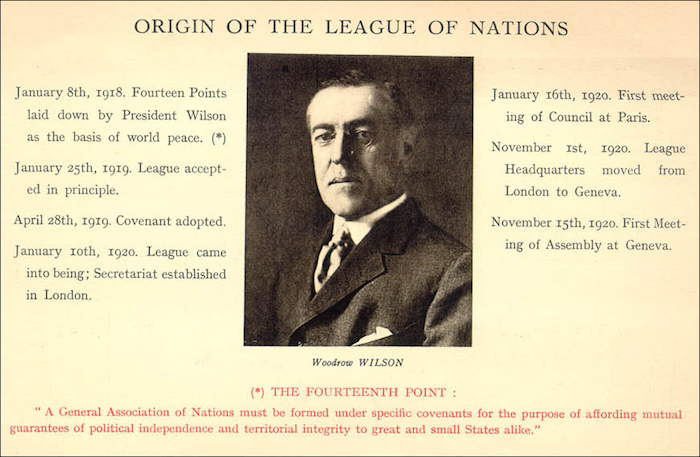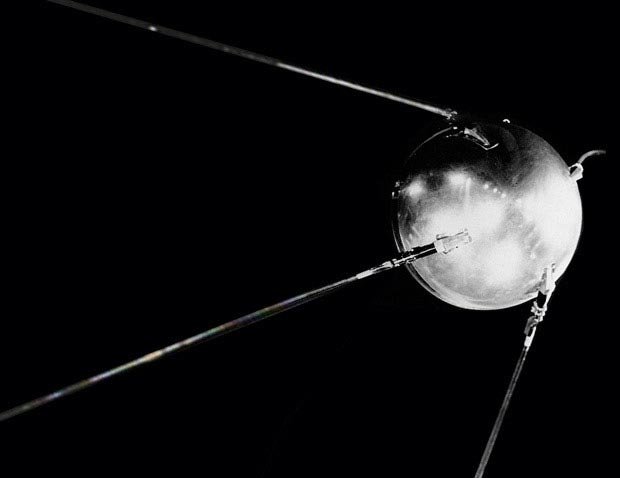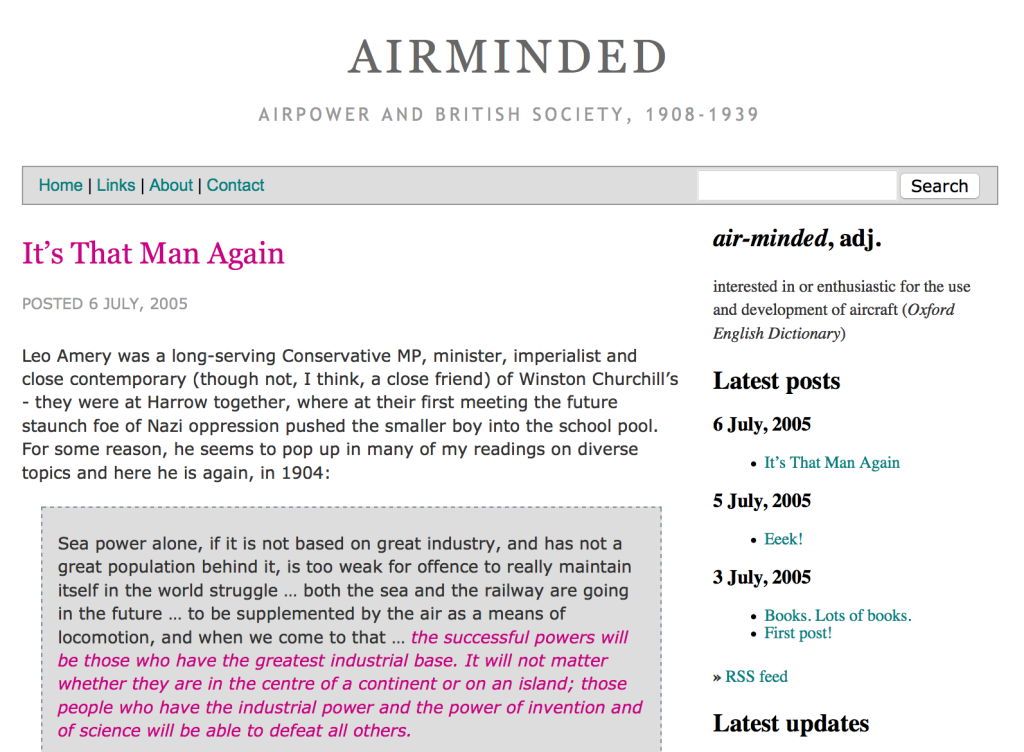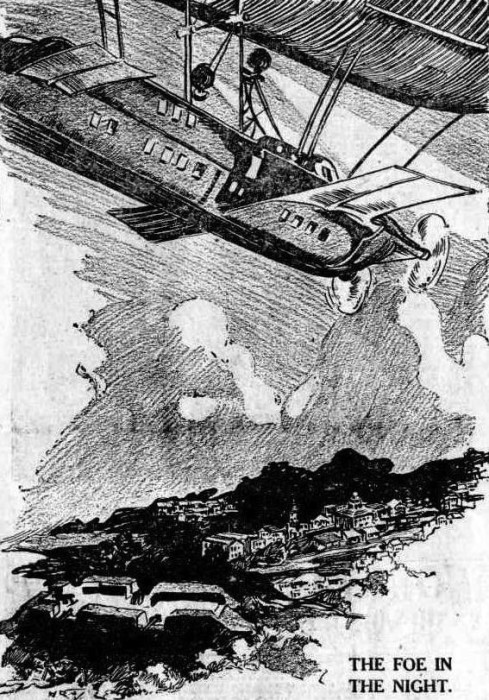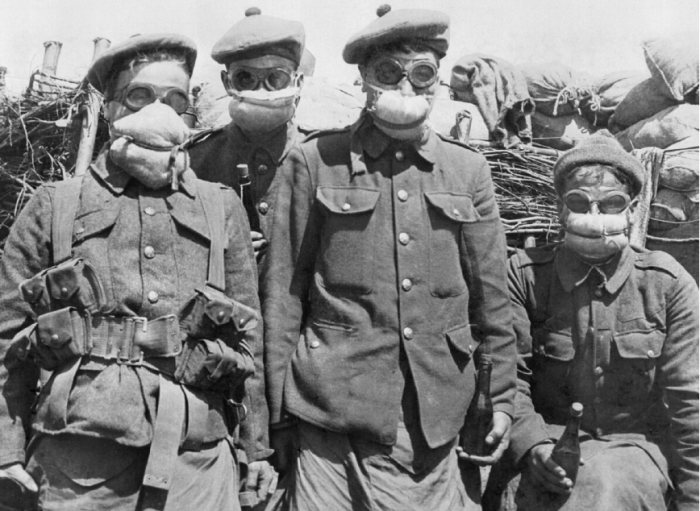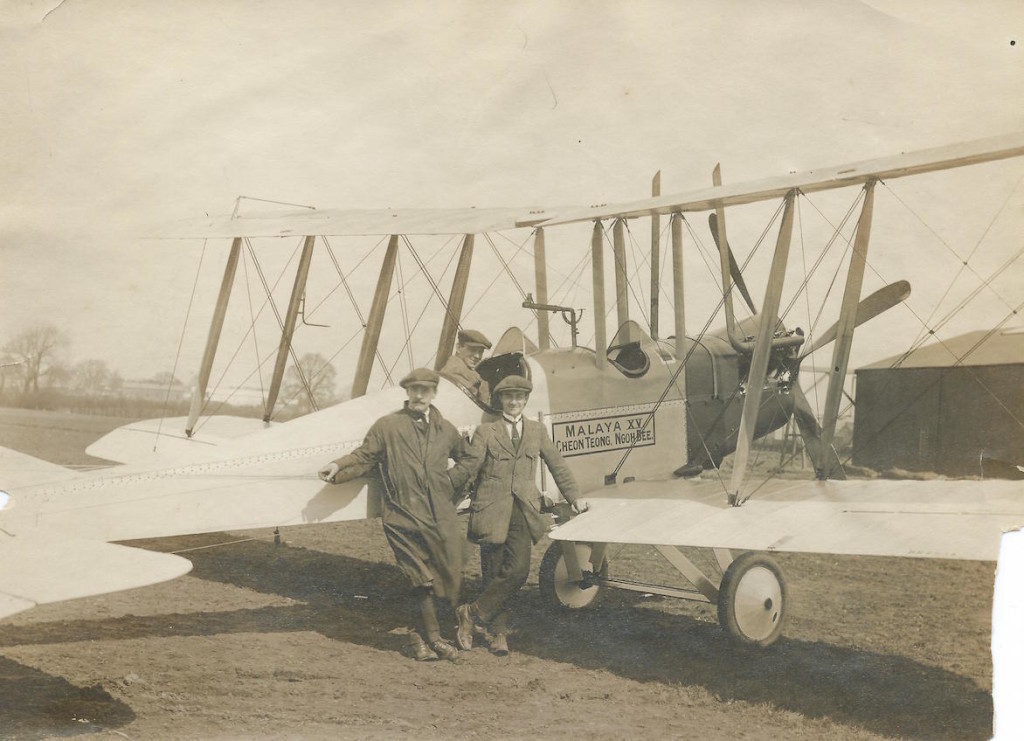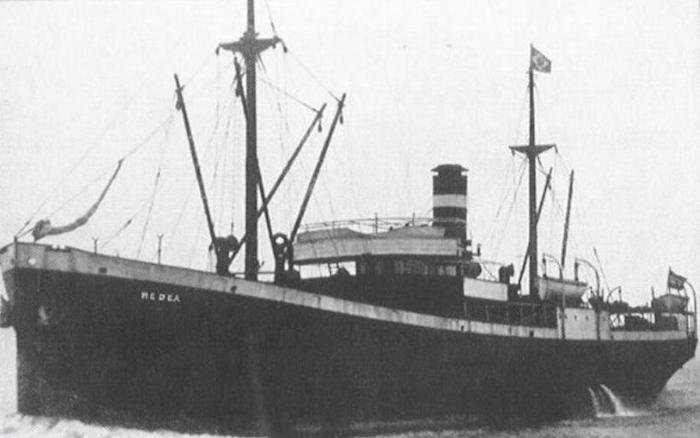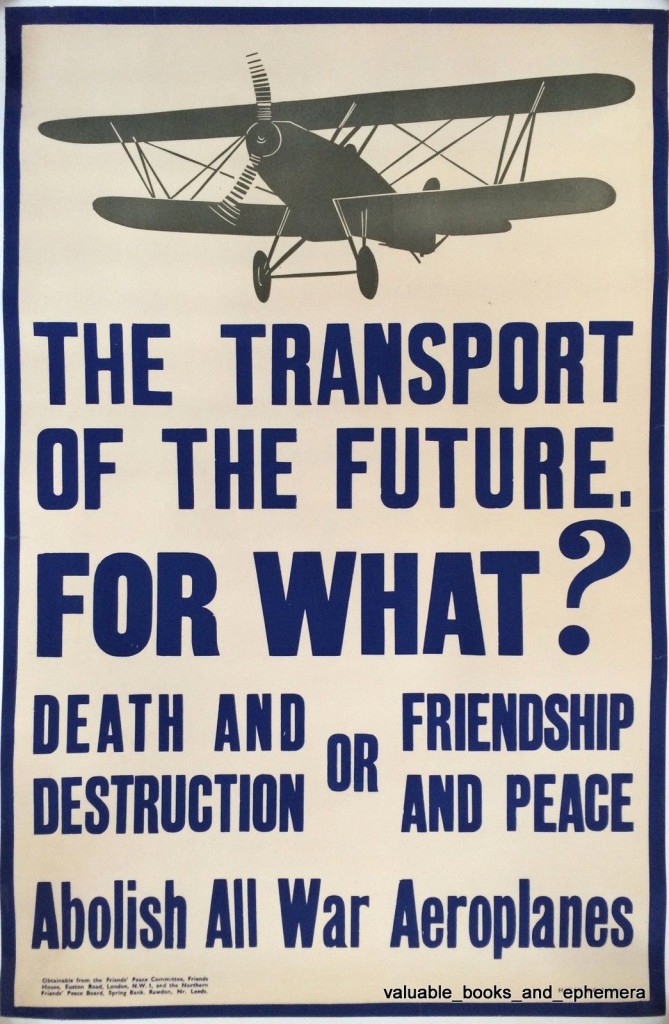Turning points: the Battle of Britain
For my third Turning Points talk for ABC New England radio, I chose a topic I ought to know something about: the Battle of Britain! In some ways it’s an obvious choice, and not only for the obvious reason; there are few years in history as dramatic as 1940, and Hitler’s conquest of Britain has […]


